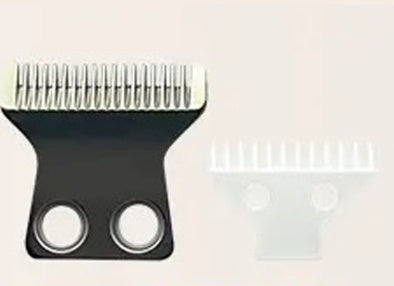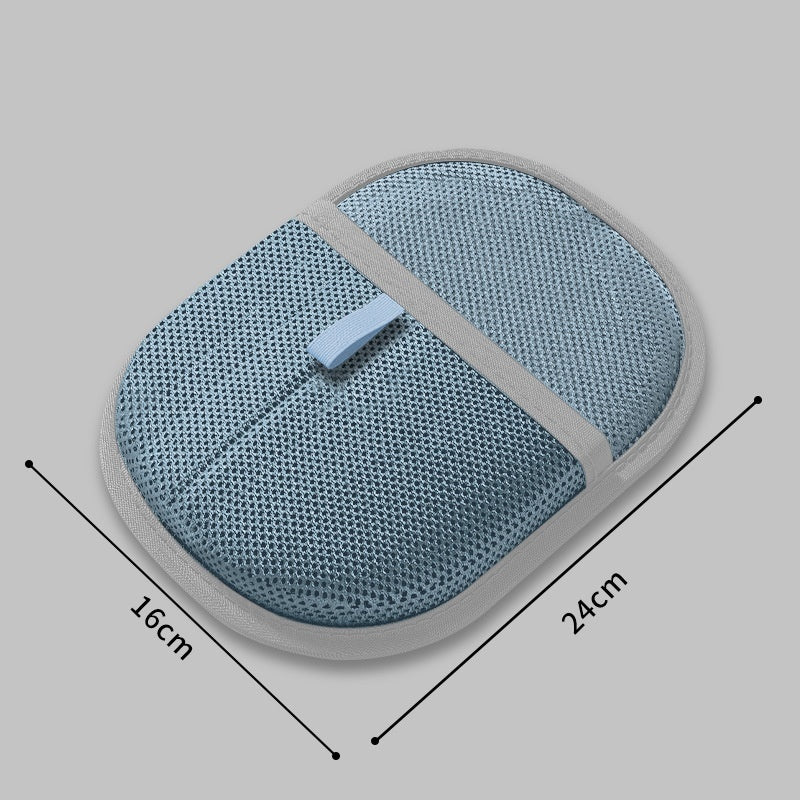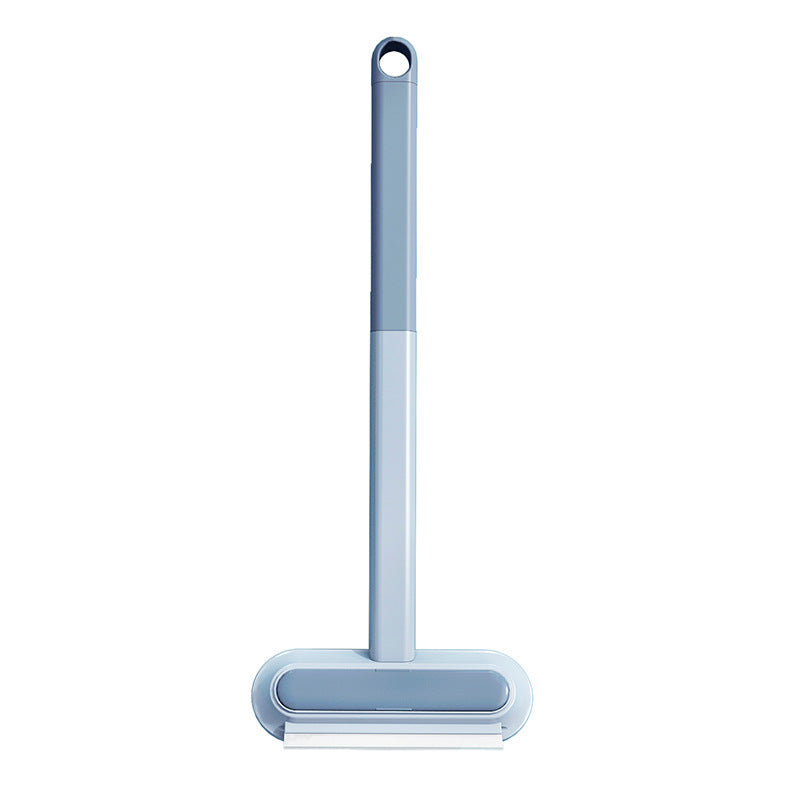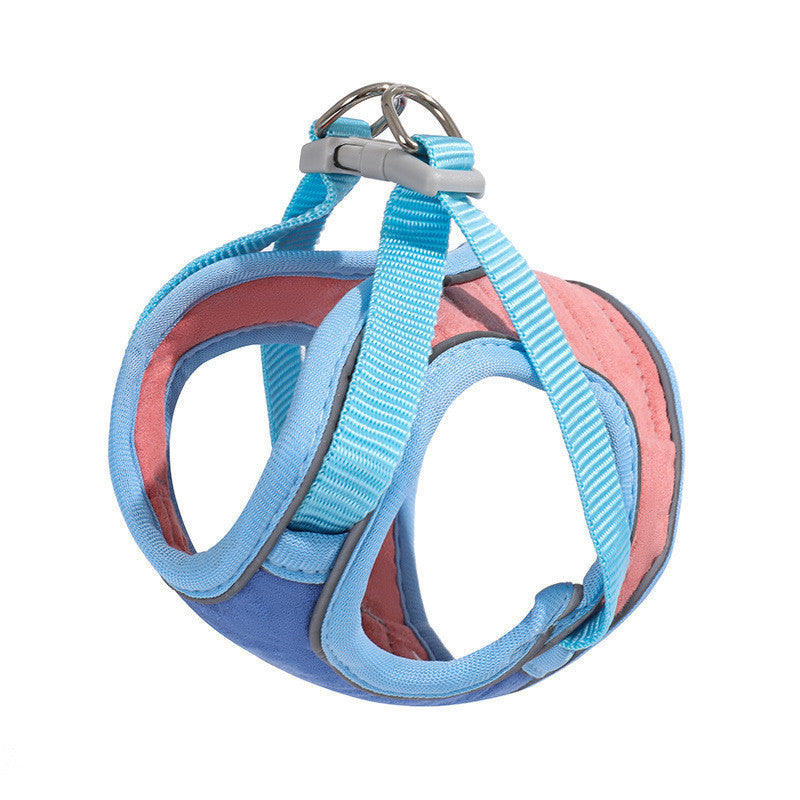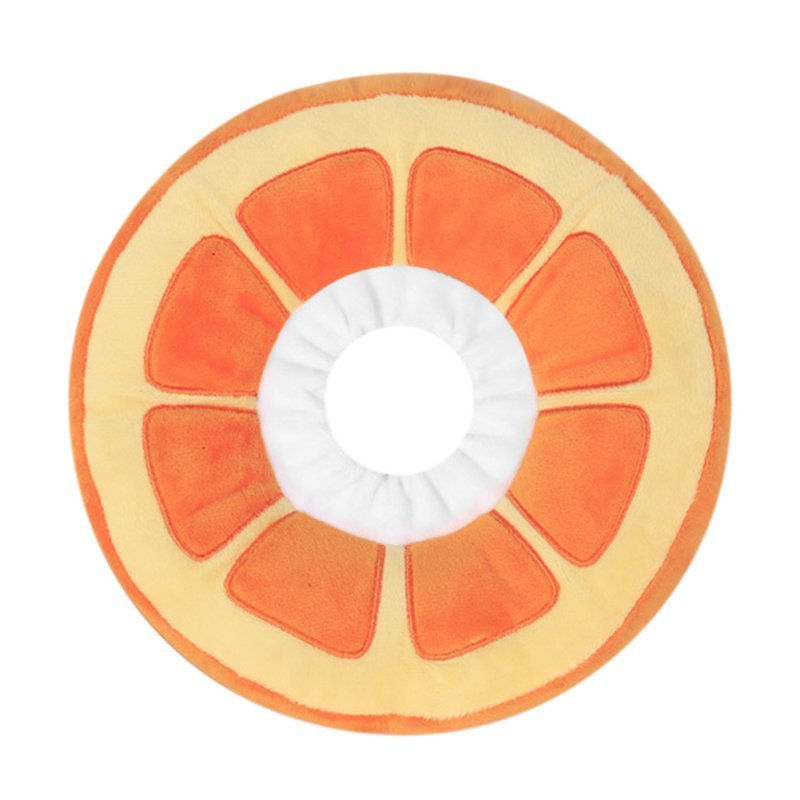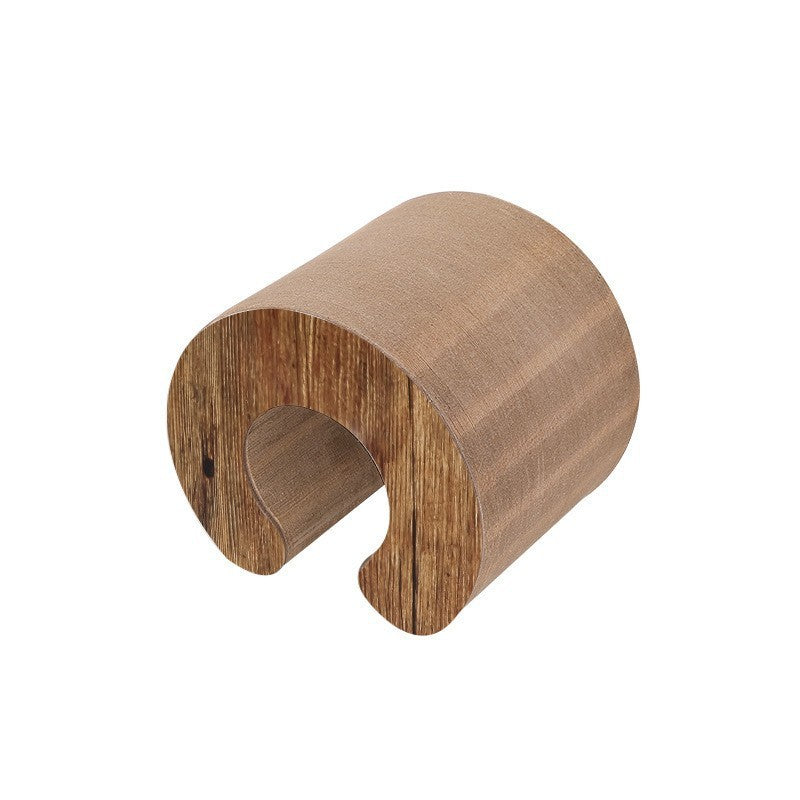Hairballs are a common but often misunderstood aspect of cat ownership that can range from normal grooming byproducts to signs of underlying health issues. While occasional hairballs are normal for most cats, frequent occurrences may indicate problems with grooming, diet, or digestive health.
Understanding the difference between normal and concerning hairball patterns helps cat owners provide appropriate care and seek veterinary attention when necessary.
Understanding hairball formation: Hairballs develop when cats ingest loose fur during grooming, which accumulates in the stomach and forms clumps. Normal digestion moves most hair through the intestinal tract, but larger accumulations may be regurgitated as hairballs. The process involves retching, gagging, and eventually producing elongated, wet masses of hair mixed with digestive fluids.
Normal vs. concerning frequency: Healthy cats typically produce hairballs occasionally, perhaps once or twice per month, with long-haired cats potentially having them more frequently. Daily hairballs, persistent retching without producing anything, or hairballs accompanied by other symptoms like lethargy, loss of appetite, or constipation warrant veterinary evaluation.
Prevention strategies: Regular brushing is the most effective prevention method, removing loose fur before cats can ingest it. Long-haired cats need daily brushing, while short-haired cats benefit from brushing 2-3 times weekly. High-quality diets with adequate fiber help move ingested hair through the digestive system more efficiently.
Dietary interventions: Specialized hairball control foods contain added fiber and ingredients that help hair pass through the digestive tract. Cat grass provides natural fiber and may help cats regurgitate hair more easily. Hairball remedy pastes containing petroleum jelly or natural lubricants can help occasional hairballs pass more easily.
Veterinary gastroenterology specialists note that excessive hairballs can indicate underlying skin conditions causing over-grooming, digestive problems affecting normal hair passage, or stress-related grooming behaviors. They recommend tracking hairball frequency and seeking evaluation if patterns change significantly.
|
Cat Type |
Normal Frequency |
Prevention Focus |
When to Worry |
|
Short-haired |
1-2 times monthly |
Weekly brushing, quality diet |
More than weekly occurrences |
|
Long-haired |
2-4 times monthly |
Daily brushing, specialized diet |
Daily hairballs or retching |
|
Senior cats |
Variable |
Gentle grooming, digestive support |
Sudden changes in frequency |
Step-by-Step Guide: Hairball Management
- Brush your cat according to their coat type and length
- Provide fresh water to aid digestion
- Offer high-quality diet with appropriate fiber content
- Monitor grooming behavior for changes
- Assess hairball frequency and note any changes
- Provide cat grass or safe greens for natural fiber
- Use hairball remedy paste if recommended by vet
- Check for skin issues that might increase grooming
- Track hairball patterns and frequency
- Assess overall coat condition and grooming behavior
- Evaluate diet effectiveness and make adjustments
- Schedule veterinary check-up if concerns arise
- Persistent retching without producing hairballs
- Loss of appetite lasting more than 24 hours
- Lethargy or behavioral changes
- Constipation or changes in litter box habits








